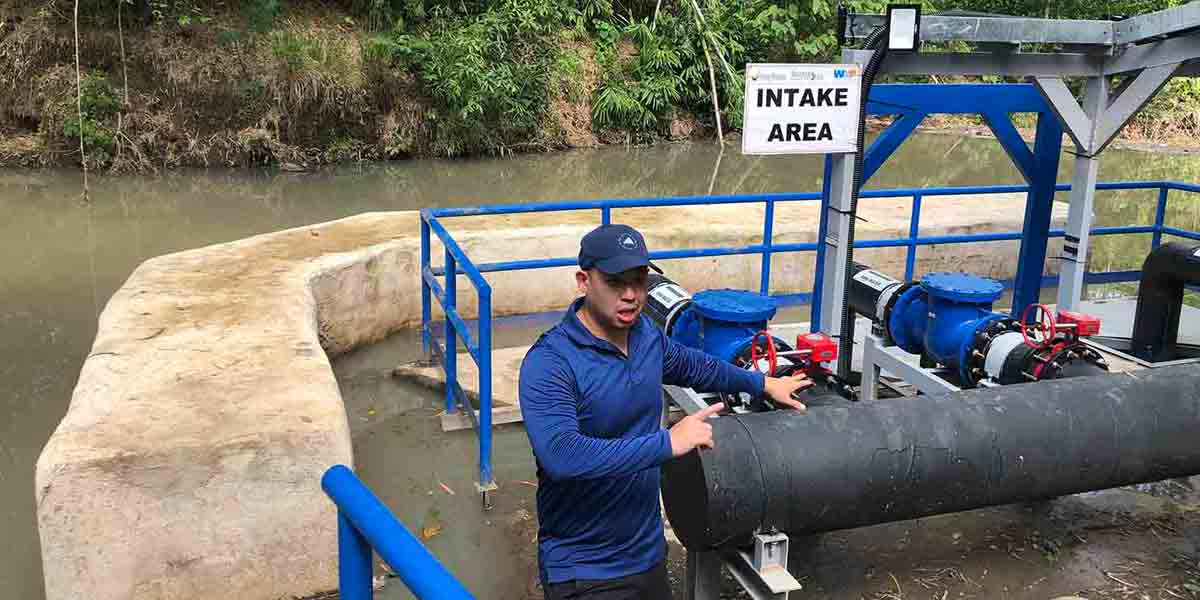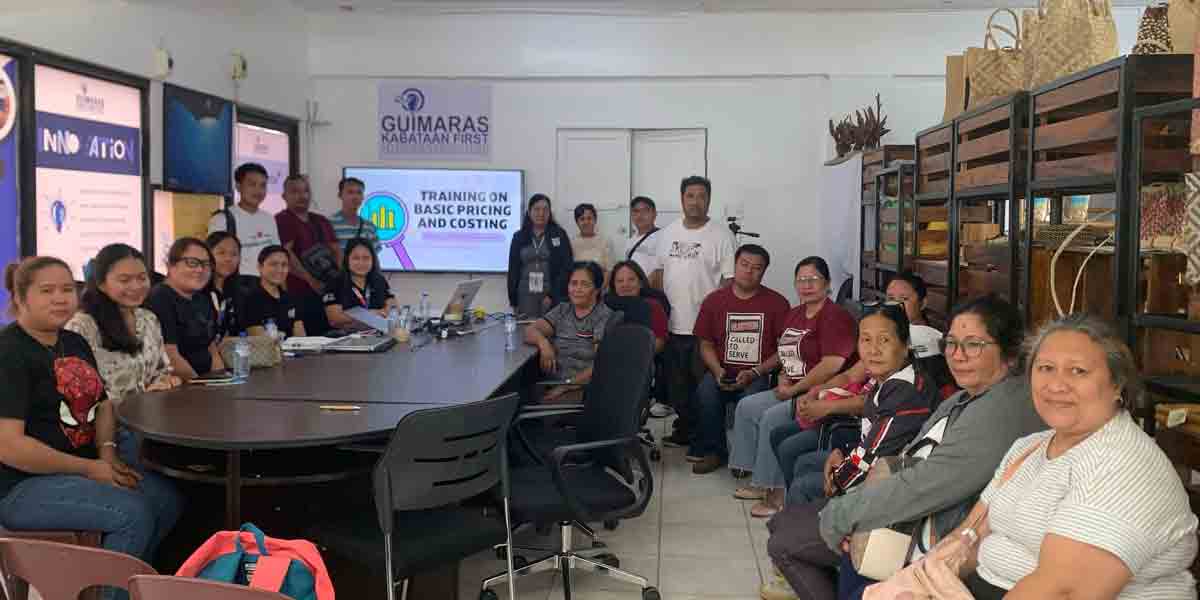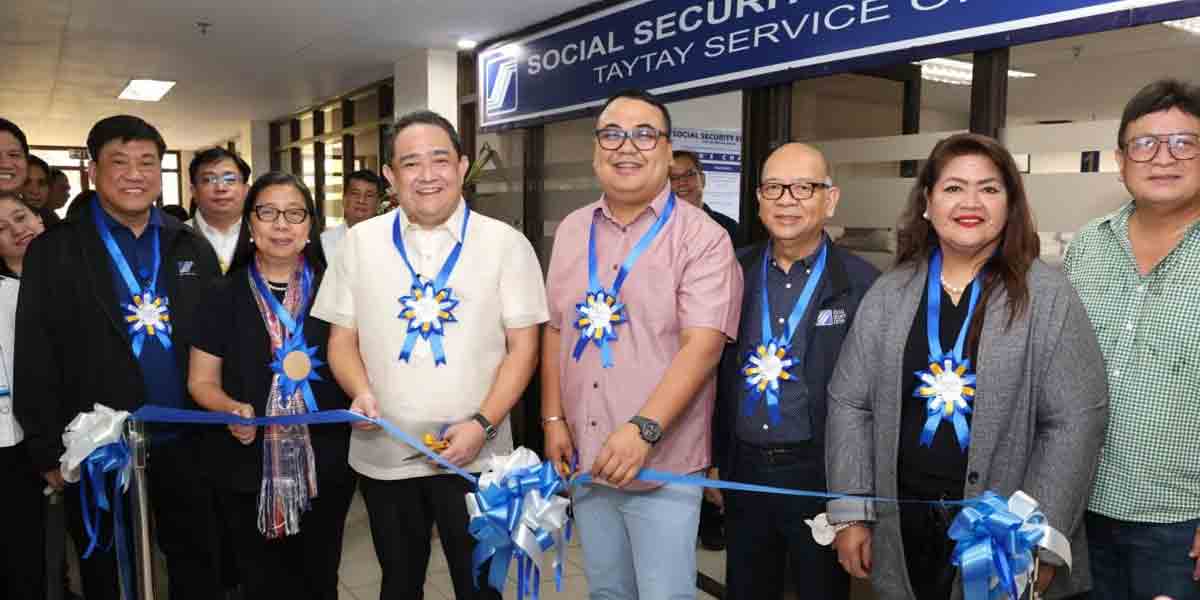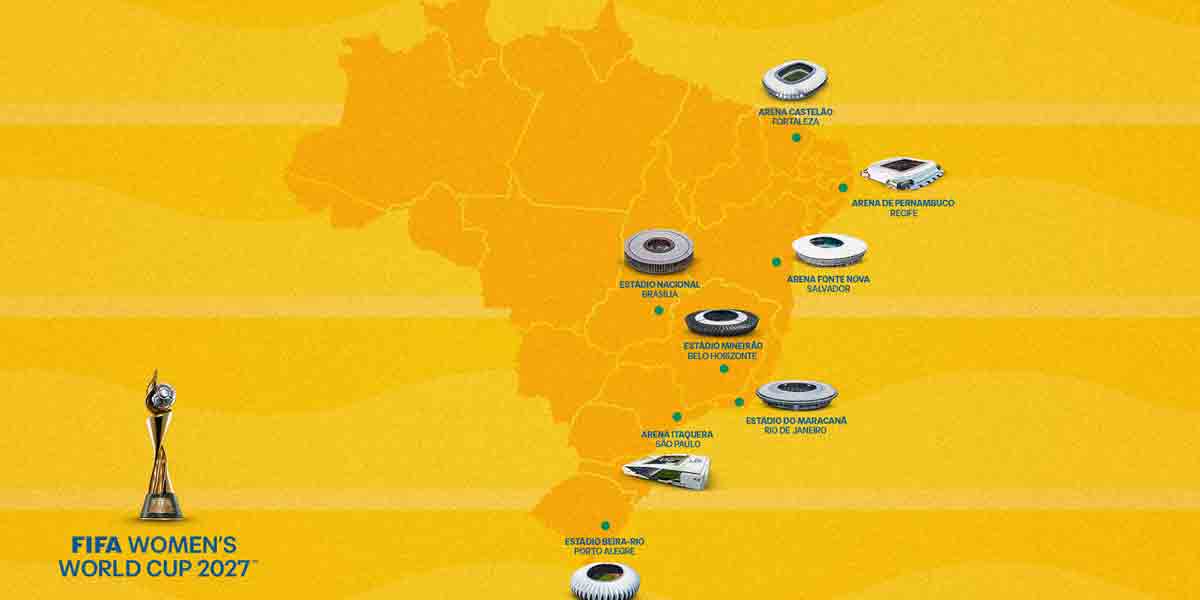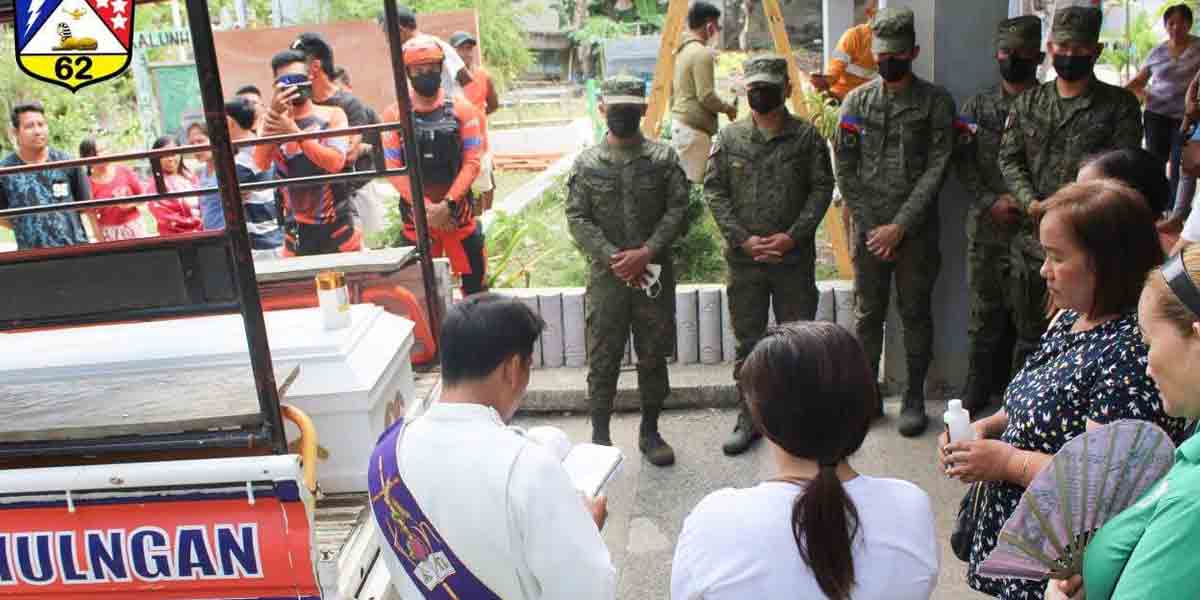The commencement of soil exploration for the Panay-Guimaras-Negros (PGN) bridge is both a monumental milestone and also a riveting reminder of Philippine infrastructure history.
The significance of this phase cannot be overstated, particularly in light of recent engineering controversies surrounding the Ungka and Aganan Flyovers in the city and province of Iloilo.
These previous projects have cast a shadow over new infrastructure initiatives, underscoring the imperative for meticulous planning and execution to avoid similar pitfalls. The significant design and engineering flaws lead to public safety concerns and a loss of trust in local infrastructure projects. The flyovers’ integrity issues underscore the need for thorough soil analysis and robust engineering practices to avoid similar pitfalls.
Soil exploration, currently being conducted by six specialized consultants, is a critical component of the PGN bridge’s preliminary stages. This geotechnical investigation will provide essential data on soil classification and alignment for the bridge’s pillars, ensuring that the foundation of this mega project is robust and secure, apart from preventing future complications.
Given the bridge’s ambitious scope—spanning 32 kilometers in two segments from Panay to Guimaras and from Guimaras to Negros—the accuracy and thoroughness of this soil exploration are paramount.
The PGN bridge project aims to revolutionize regional connectivity, drastically reducing travel times and facilitating the efficient movement of goods and services across the Western Visayas.
However, the memory of the Ungka and Aganan Flyovers remains fresh. These projects have faced scrutiny due to design flaws and engineering errors that have compromised their integrity and usability. This context amplifies the public’s vigilance and skepticism towards the PGN bridge, as stakeholders demand transparency and excellence in its execution.
Despite these concerns, the involvement of Korean experts in the funding and construction of the PGN bridge offers a beacon of hope. Renowned for their proficiency in managing complex engineering projects, the Korean partners bring a wealth of experience and technical know-how that can help mitigate risks and ensure the project’s success. Their expertise is expected to instill confidence in the project’s viability and safety.
The PGN bridge is not merely an infrastructure project; it is a transformative venture that promises to reshape the economic landscape of the region. By connecting Panay, Guimaras, and Negros, the bridge will unlock new opportunities for trade, tourism, and social interaction, fostering a more interconnected and prosperous future for the Visayas.
As soil exploration progresses, it is crucial that the lessons from past projects guide the current efforts. Rigorous oversight, adherence to engineering best practices, and transparent communication with the public will be key to overcoming skepticism and ensuring the PGN bridge stands as a testament to innovation and resilience.
Learning from past mistakes and leveraging international expertise will be key to the successful completion of the PGN bridge, ensuring it stands as a testament to engineering excellence and a catalyst for regional development.

